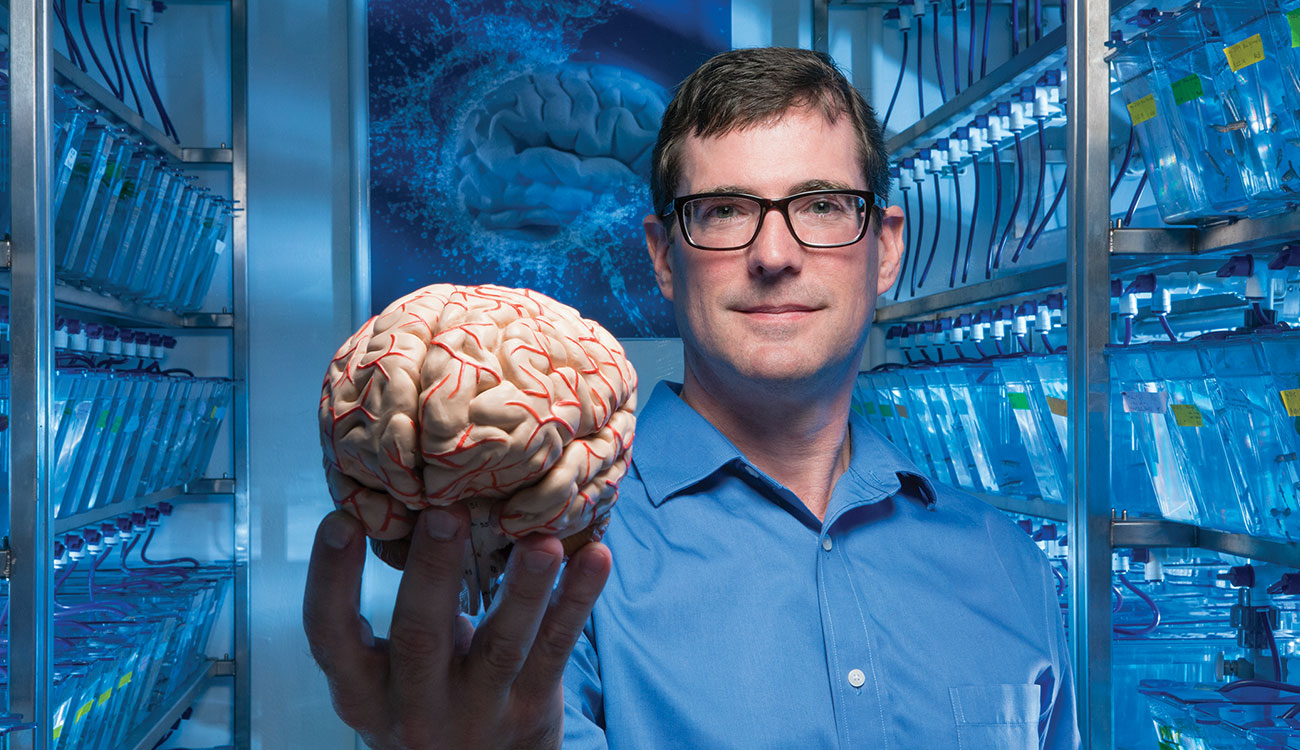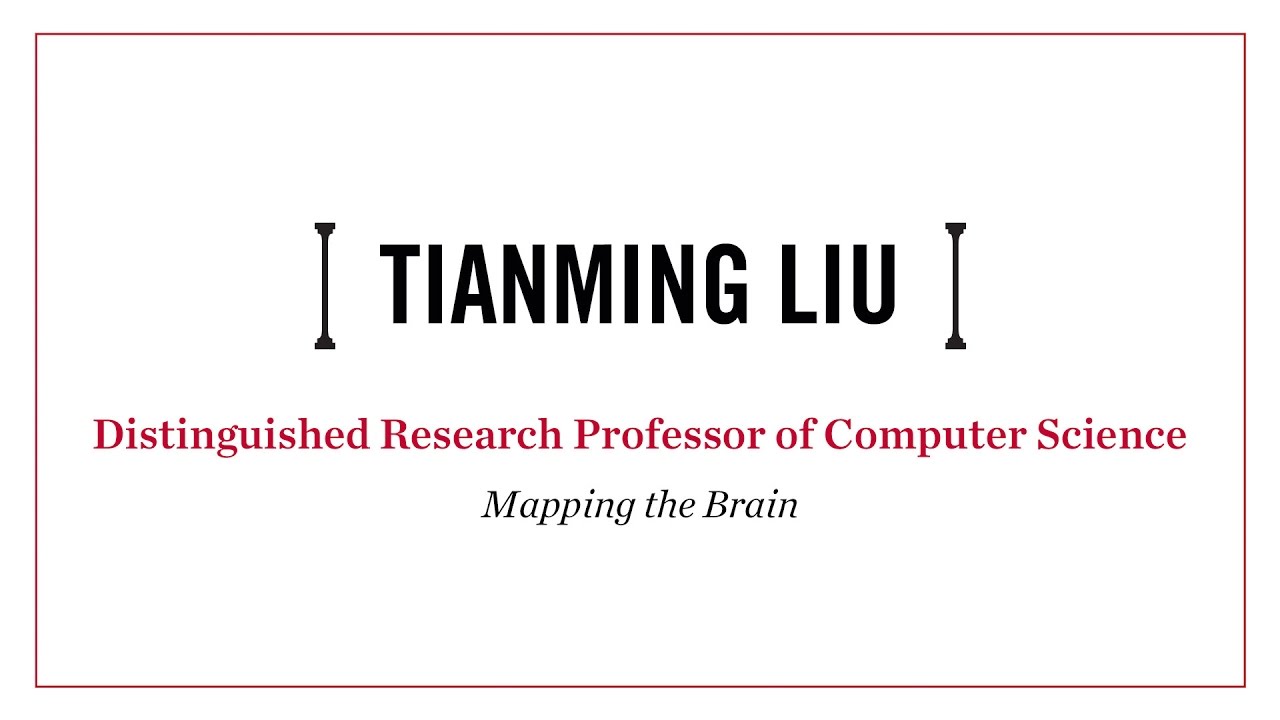The human brain is said to be the paramount achievement of evolution on planet Earth, and while it may be immodest to apply such a superlative to our own species, the brain certainly seems to merit this distinction. It is the most advanced machine we’ve ever encountered, and its intricate computational abilities are the foundation of every great human endeavor.
Yet ironically, despite the awesome capabilities of the human brain, neuroscientists’ own brains have so far gathered only the most rudimentary understanding of how it works. Nowhere are the gaps in knowledge more apparent than in our current inability to cure or prevent many of the most debilitating neurological disorders. But that may soon change. The efforts of brain researchers around the world promise to reveal its inner workings in unprecedented detail, which could well lead to the development of new and desperately needed treatments and diagnostics.
Reversing stress
If the history of science has taught us anything, it is that transformational discoveries—influential findings that result in society-wide applications—are built upon a foundation of basic research. That’s a lesson well learned by neuroscientists at UGA, who recognize that we cannot understand something as complex as the brain without first identifying and characterizing its fundamental components.
“A great deal of the neuroscience research is focused on understanding very basic biological phenomena,” said Philip Holmes, professor of psychology in the Franklin College of Arts and Sciences and chair of the Division of Neuroscience. “Some of this work takes place at the cellular level, but we also use animal models such as mice, rats and even fruit flies to learn more about the human central nervous system.”
In his own laboratory, Holmes studies stress, mood disorders and drug addiction from a neurochemical perspective. As part of a recent study, he demonstrated that a signaling molecule called galanin, which is produced in the brain during exercise, might help preserve neural connections that can be damaged by stress.
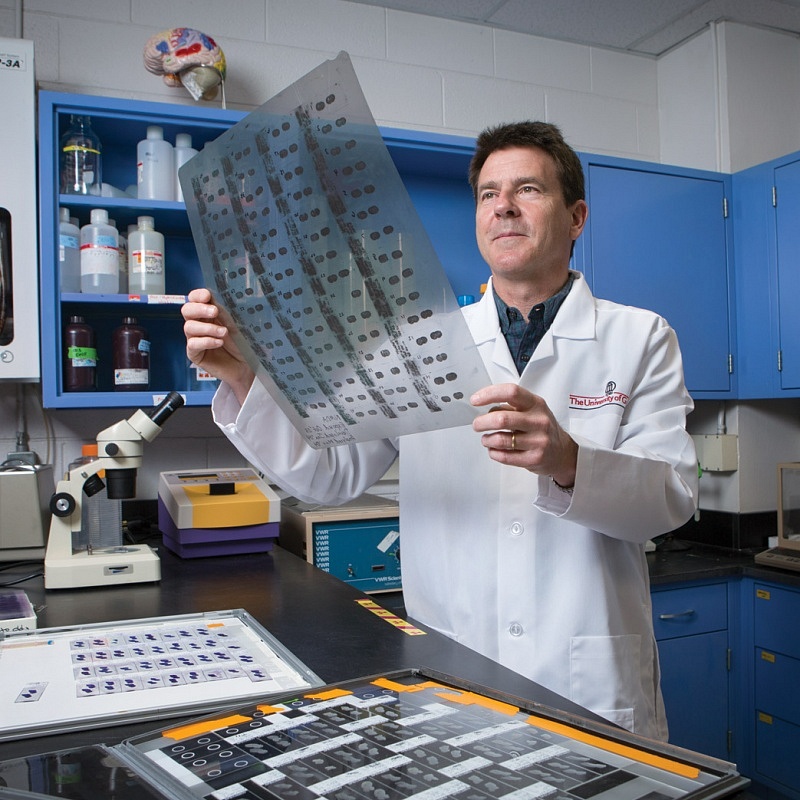
Holmes showed that when rats exercised and galanin was blocked, the rats were as anxious as if they hadn’t exercised at all. He also showed that galanin reverses the negative effects of stress among sedentary rats.
“We found this protective effect of exercise, but we could block it with the galanin antagonist, which was really exciting because that told us that galanin was necessary for some of the beneficial effects of exercise to occur,” said Holmes.
After he and his research team found that just a single exposure to stress could reduce synapse formation in the rodent brain, they hypothesized that the galanin produced during exercise helps maintain the brain’s ability to form new neuronal connections in the prefrontal cortex—a region responsible for planning, decision- making, emotion regulation and stress resilience.
This discovery could one day lead, among other things, to new management strategies for those experiencing high levels of stress, including patients suffering from depression or drug addiction.
“We know that stress is the most common cause of relapse in people with drug dependence, and we were able to show that either exercise or galanin decreased relapse-like behavior in rats given cocaine,” said David Weinshenker, a professor of human genetics at Emory University who worked with Holmes on the study.
Aromas that beckon
Ping Shen, a professor of cellular biology in the Franklin College of Arts and Sciences, wants to know what drives us to eat. In this pursuit, he has identified the neural pathways in an insect brain that are tied to eating for pleasure—a discovery that may help explain impulsive-eating mechanisms in the human brain.
“We know that when insects are hungry, they eat more, become aggressive and are willing to do more work to get the food,” said Shen. “Little is known about reward-driven feeding behavior—when animals are not so hungry but still get excited about food when they smell something great.”

To test reward-driven behaviors in flies, Shen introduced appetizing odors to groups of well-fed larvae. In every case, the fed larvae consumed about 30 percent more food when surrounded by the attractive odors. But when the insects were offered a less attractive meal, they refused to eat it.
In the fly model, four neurons are responsible for relaying signals from the olfactory center to the brain to stimulate action, and each receptor has a different response to a given odor. Human triggers are obviously more diverse, but Shen thinks the mechanism to coordinate the combination is likely the same. He is now working with Tianming Liu, assistant professor of computer science at UGA, on a computer model to determine how these odors are interpreted as stimuli.
To maintain visual acuity
James Lauderdale is working to understand the basic cellular and molecular mechanisms involved in the central nervous system’s development, with particular emphasis on its visual aspects.
Much of his research focuses on aniridia, an inherited malformation of the eye. People born with aniridia lack a well-formed iris—the colored part of the eye containing the muscles that allow the pupil to dilate and constrict—and they may also suffer from cataracts, glaucoma and improperly developed retinas.
“Almost all people with aniridia will experience some level of visual impairment,” said Lauderdale, an associate professor of cellular biology in the Franklin College of Arts and Sciences. “In the worst cases, it can cause total blindness.”
“An estimated 1.1 million people in the United States alone are legally blind, and an additional 12 million Americans have some degree of visual impairment that is not correctable by lenses,” he said. “Ultimately, we want to understand the molecular mechanisms governing the development of visual structures so that we can develop new therapies to repair or replace damaged or genetically deficient tissues.”
In that pursuit, the Lauderdale laboratory studies the PAX6 gene, which causes aniridia and plays a role in other malformations of the visual system. With the aid of a number of model organisms, including rodents and zebrafish, Lauderdale is currently investigating the gene’s involvement in early embryonic development.
Brain-based diagnostic markers
In studying human behavior, researchers use neuroimaging and other advanced techniques to better understand how psychological functions—such as perception, memory and emotion—are produced by neural circuitry.Much of this work is supported by UGA’s Bio-imaging Research Center, or BIRC, which provides a broad range of biological-tissue imaging technologies. For example, magnetic resonance-based imaging techniques available at BIRC include functional magnetic resonance imaging for studies of brain activation in real time, magnetic resonance spectroscopy for the analysis of chemical changes in the brain and magnetic resonance angiography for investigating vascular changes in the brain.
Brett Clementz and Jennifer McDowell, both professors of psychology in the Franklin College of Arts and Sciences, used some of these tools to identify a number of biological markers that enable the classification of mental disorders with greater precision.
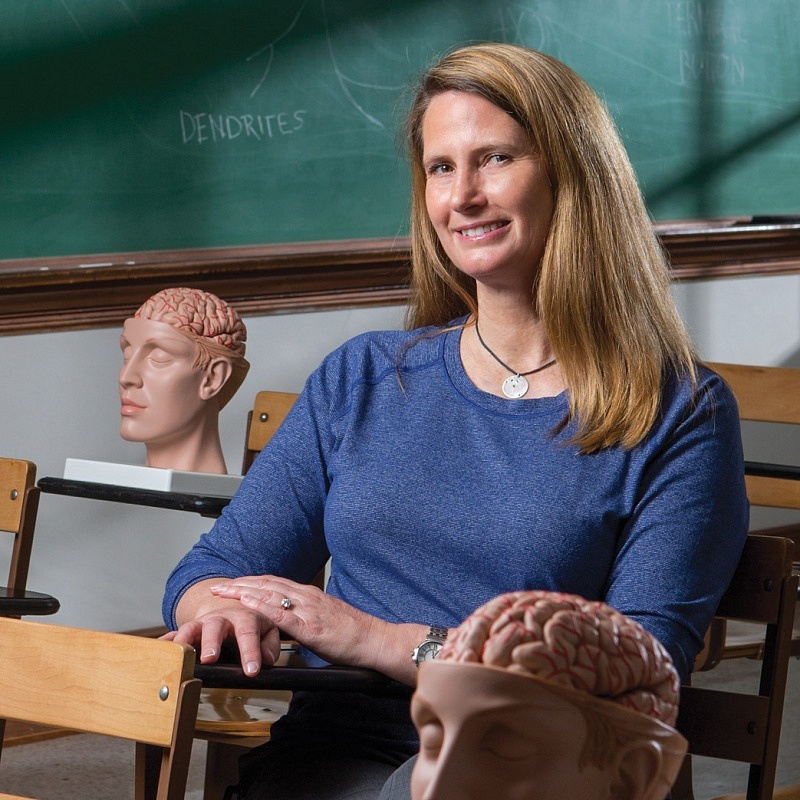
“One of the biggest problems with psychiatry is that it still relies on symptoms as the basis of a diagnosis,” said Clementz. “This is like using the presence of fever to diagnose a specific infection. We need some means to help us more accurately differentiate mental psychiatric brain diseases.”
Toward that end, Clementz and McDowell are part of a diverse team of researchers from across the country who created an experimental program that uses neurobiological measures rather than symptoms to identify disease types. Focusing on patients suffering from psychosis—a broad psychiatric-illness category that includes schizophrenia, schizoaffective disorder, and bipolar disorder—the team recruited more than 700 patients with psychosis, some of their first-degree relatives (a parent, sibling, or child) and a control group of healthy individuals. The scientists’ aim was to identify brain-based diagnostic markers that could differentiate these conditions.
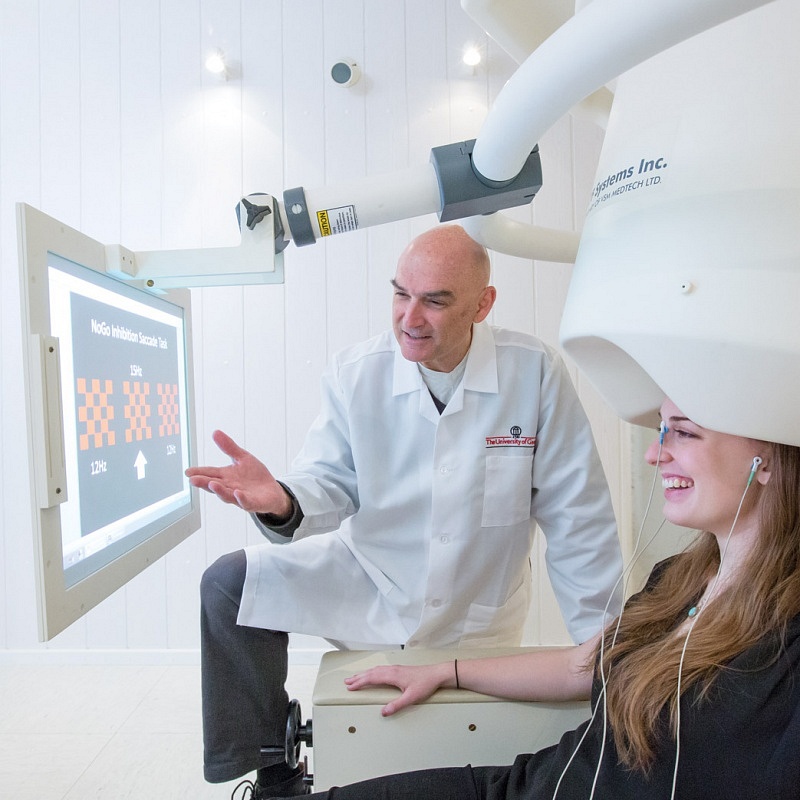
Each participant went through a battery of tests designed to assess their cognitive abilities—they were asked, for example, to respond to simple visual or auditory cues that could reveal sensory and perceptual abnormalities. The researchers then used these measures to identify different “biotypes” of mental disorders, which proved to be superior to current diagnostic standards.
“We were better able to predict who had family histories of psychoses, structural brain abnormalities and measures of social functioning,” said Clementz. “We’re still a long way from identifying specific disease mechanisms, but we’re a step closer than we were when focusing on clinical symptoms alone.”
First signs of dementia
Another group of UGA researchers has developed a unique method for diagnosing the earliest stages of dementia by applying tasks used to gauge levels of impulsive or risky behavior.
This approach has been used in the past to evaluate the decision-making processes of problem gamblers and drug abusers, but the researchers found that these tests may also help detect many forms of dementia before they fully manifest themselves.
“The brain is so good at compensating for losses associated with dementia that disorders like Alzheimer’s disease can progress for years before anyone notices symptoms,” said Cutter Lindbergh, a doctoral candidate in psychology in the Franklin College of Arts and Sciences. “By the time people realize something is wrong, the disease has become irreversible, so we need better diagnostics to give medical interventions the best chance of success.”
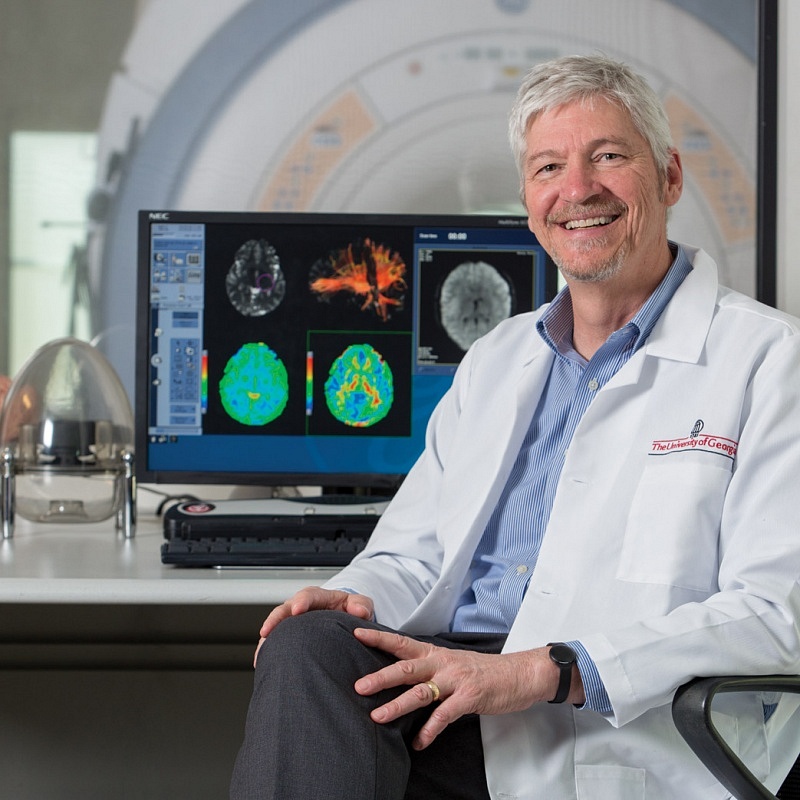
In their study, the researchers evaluated 35 healthy adults and 25 older adults diagnosed with mild cognitive impairment—an intermediate stage of cognitive loss that generally does not impact a person’s ability to carry out everyday tasks—and asked them a variety of hypothetical money-related questions designed to gauge their levels of impulsivity and proneness to risky behavior.
For example, one might be asked if he or she would rather have $50 now or $100 in 30 days. Alternatively, researchers might ask if someone would rather have a guarantee of receiving $60, or a 50 percent chance of receiving $100.
“What we found is that people who are in very early stages of dementia tend to display greater levels of impulsivity compared to healthy adults,” Lindbergh said. “This approach provides us with a window into decision-making processes not found in many of the typical tests that neuropsychologists tend to use,” said Stephen Miller, study coauthor and professor of psychology. “People have to make decisions about various risks and benefits as part of everyday life, and this study shows us that many have difficulties making good decisions even in the early phases of cognitive impairment.”
A quantitative measure
Miller, who is also the director of UGA’s Bio-imaging Research Center, used another test—one that measures the speed at which an individual can comprehend visual information—to help identify subtle signs of cognitive impairment. Participants in this study looked into a specially designed device in which two wavelengths of light appear to flicker on and off.
“The flickering starts out very slowly, and almost everyone can see that,” said Catherine Mewborn, a doctoral candidate in UGA’s Franklin College of Arts and Sciences who works with Miller. “During the test, the frequency of the flickering light would change, becoming faster. It would continue to speed up and eventually go so fast that at some point the flickering can’t be seen anymore and it just looks like a solid circle of light.”
The brain, not the eye, determines the fastest visual flicker that can be perceived. By measuring flicker speeds, researchers are able to assess the processing speed of the brain and infer how well it performs higher cognitive functions such as memory.
“The next step for this same set of tasks is to see whether it could identify individuals who are beginning to show early signs of cognitive impairment, such as those caused by Alzheimer’s disease,” Mewborn said.
What the future may bring
These are just a few of the research projects at UGA devoted to the study of the brain and the central nervous system. Many other scientists are working across campus and with partners around the world as part of the major effort to improve our understanding of this most critical organ.
It will be a long and arduous undertaking, but never before has the commitment been so resolute.
A case in point is President Barack Obama’s Brain Research through Advancing Innovation Neurotechnologies (BRAIN) initiative, which he announced in April 2013. This ambitious project seeks to accelerate the development and application of new technologies to treat, cure and prevent debilitating brain disorders—and thereby “improve the lives of not just millions, but billions, of people on this planet,” said Obama.
It’s never easy to predict where science will take us, especially when a field is still in its infancy. But researchers at UGA are convinced that the global neuroscience enterprise will fundamentally change our understanding of the brain and its circuitry, and those discoveries will undoubtedly lead to advances in the treatment of mental illnesses and brain injuries.
“We are at a point now where we can start to understand brain functions in ways people have been dreaming about for millennia,” said Lauderdale. “We’re looking forward to what the future may bring.”



